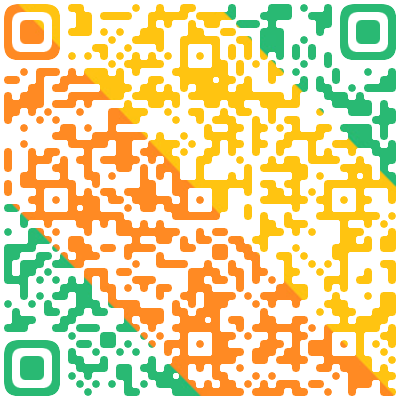Working to a clear plan during an emergency will help to ensure that you are effectively prioritizing(优先选择) many demands upon your attention.
Do not allow yourself to become distracted by non-vital activities. Always bear in mind the main steps of emergency action—Assess, Make Safe, Give Emergency Aid, and Get Help.
Your approach should be brisk (轻快的), but calm and controlled, so that you can quickly take in as much information as possible. Your priorities are to identify any risks to yourself, to the casualty (伤亡人员), and to any other people around, then to access the resources available to you and the kind of help you may need. State that you have first-aid skills when offering your help. If there are no doctors, nurses, or more experienced people present, calmly take charge. First ask yourself these questions: Is there any continuing danger? Is anyone’s life in immediate danger? Are there any other people who can help? Do I need specialist help?
The conditions that caused the accident may still present further danger. Remember that you must put your own safety first. You can’t help others if you become a casualty yourself.
Often, very simple measures, such as turning off an electric switch, are enough to make the area safe. Sometimes more complicated procedures are required. Never put yourself and the casualty at further risk by attempting to do too much; be aware of your limitations.
The passage is mainly about ().
A. whom to turn to during an emergency
B. how to act properly in an emergency
C. where to get emergency help
D. when to offer first-aid help
查看答案
相关试题
换一换


热门试题



 使用微信扫一扫登录
使用微信扫一扫登录